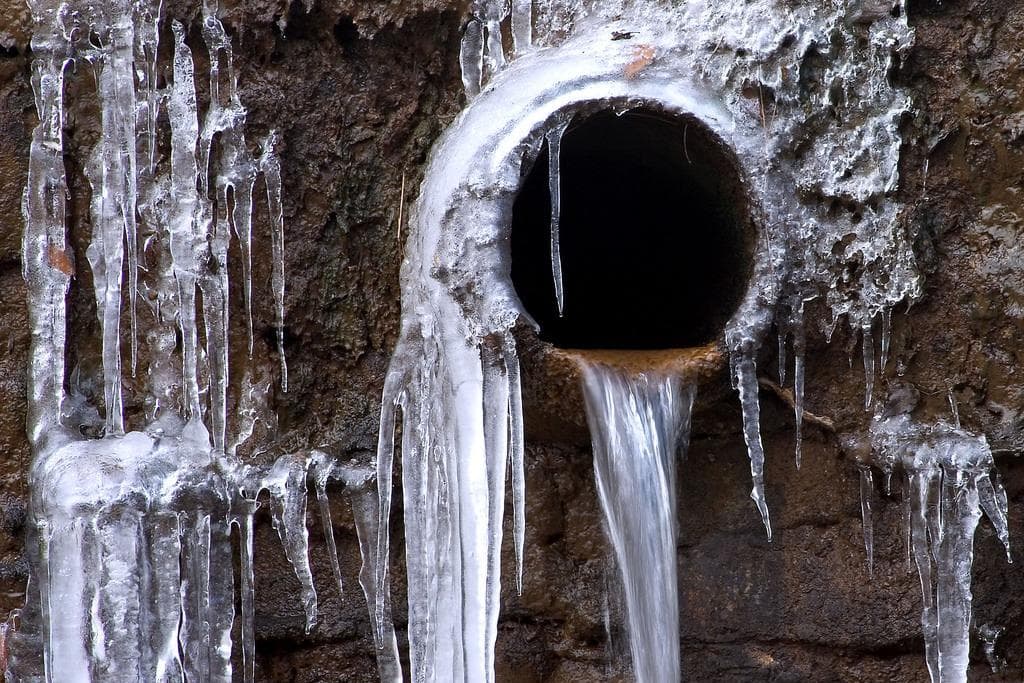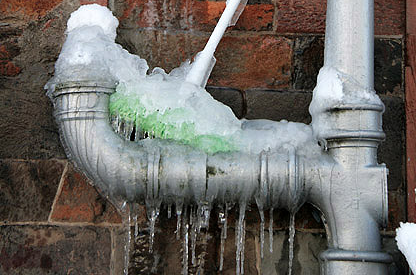How to Prevent Frozen Plumbing in Cold Weather: Professional Advice
How to Prevent Frozen Plumbing in Cold Weather: Professional Advice
Blog Article
How do you actually feel about How to prepare your home plumbing for winter weather?

Cold weather can ruin your plumbing, particularly by freezing pipes. Below's exactly how to stop it from occurring and what to do if it does.
Intro
As temperatures decline, the danger of icy pipelines boosts, possibly causing expensive repair services and water damage. Understanding just how to avoid icy pipelines is critical for home owners in chilly environments.
Prevention Tips
Shielding susceptible pipelines
Wrap pipes in insulation sleeves or use warm tape to shield them from freezing temperatures. Focus on pipes in unheated or outside locations of the home.
Heating techniques
Keep indoor areas adequately heated, specifically locations with plumbing. Open up cabinet doors to enable warm air to distribute around pipelines under sinks.
Exactly how to recognize icy pipelines
Seek reduced water flow from taps, unusual odors or sounds from pipes, and visible frost on subjected pipelines.
Long-Term Solutions
Architectural modifications
Take into consideration rerouting pipelines away from outside walls or unheated locations. Add extra insulation to attics, cellars, and crawl spaces.
Updating insulation
Buy high-quality insulation for pipes, attics, and walls. Appropriate insulation aids preserve regular temperatures and minimizes the threat of frozen pipelines.
Safeguarding Outside Pipes
Yard tubes and outside taps
Disconnect and drain garden tubes prior to winter season. Mount frost-proof spigots or cover exterior faucets with shielded caps.
Comprehending Icy Pipes
What triggers pipelines to ice up?
Pipelines ice up when exposed to temperatures below 32 ° F (0 ° C) for expanded durations. As water inside the pipes ices up, it expands, putting pressure on the pipeline walls and potentially triggering them to break.
Risks and problems
Frozen pipelines can result in supply of water interruptions, building damage, and expensive fixings. Burst pipelines can flooding homes and create considerable structural damages.
Indications of Frozen Piping
Recognizing icy pipelines early can avoid them from breaking.
What to Do If Your Pipes Freeze
Immediate actions to take
If you suspect icy pipelines, keep taps open up to alleviate stress as the ice melts. Use a hairdryer or towels taken in hot water to thaw pipelines gradually.
Verdict
Protecting against frozen pipelines calls for aggressive measures and fast feedbacks. By recognizing the causes, indications, and safety nets, homeowners can secure their pipes during winter.
6 Proven Ways to Prevent Frozen Pipes and Protect Your Home
Disconnect and Drain Garden Hoses
Before winter arrives, start by disconnecting your garden hoses and draining any remaining water. Close the shut-off valves that supply outdoor hose bibs and leave the outdoor faucet open to allow any residual water to drain. For extra protection, consider using faucet covers throughout the colder months. It’s also important to drain water from any sprinkler supply lines following the manufacturer’s directions.
Insulate Exposed Pipes
Insulating your pipes is an effective way to prevent freezing. Pipe insulation is readily available at home improvement stores and is relatively inexpensive. Pay close attention to pipes in unheated areas such as the attic, basement, crawl spaces, or garage. Apply foam insulation generously to create a buffer against the cold. You can also wrap your pipes in heat tape or thermostat-controlled heat cables for added warmth.
Seal Air Leaks
Inspect your home for any cracks or openings that could let in cold air. Seal any holes around the piping in interior or exterior walls, as well as the sill plates where your home rests on its foundation. Additionally, make sure to keep your garage door closed unless you’re entering or exiting. Leaving it open creates a significant air leak that can lead to frozen pipes.
Allow Warm Air Circulation
During cold snaps, it’s essential to allow warm air to circulate evenly throughout your home. Leave interior doors ajar to promote better airflow. Open kitchen and bathroom cabinets to help distribute heat consistently around the rooms. If you have small children or pets, be sure to remove any household chemicals or potentially harmful cleaners from open cabinets for safety.
Let Faucets Drip
A small trickle of water can make a big difference in preventing ice formation inside your pipes. When temperatures drop significantly, start a drip of water from all faucets served by exposed pipes. This continuous flow helps prevent the water from freezing. Additionally, running a few faucets slightly can relieve pressure inside the pipes, reducing the chances of a rupture if the water inside does freeze.
https://choateshvac.com/6-proven-ways-to-prevent-frozen-pipes-and-protect-your-home/

I ran across that piece about Prevent Frozen Pipes while doing a lookup on the search engines. Enjoyed reading our posting? Please quickly share it. Help another person discover it. We treasure reading our article about Helpful Tips to Prevent Frozen Pipes this Winter.
Call Today Report this page